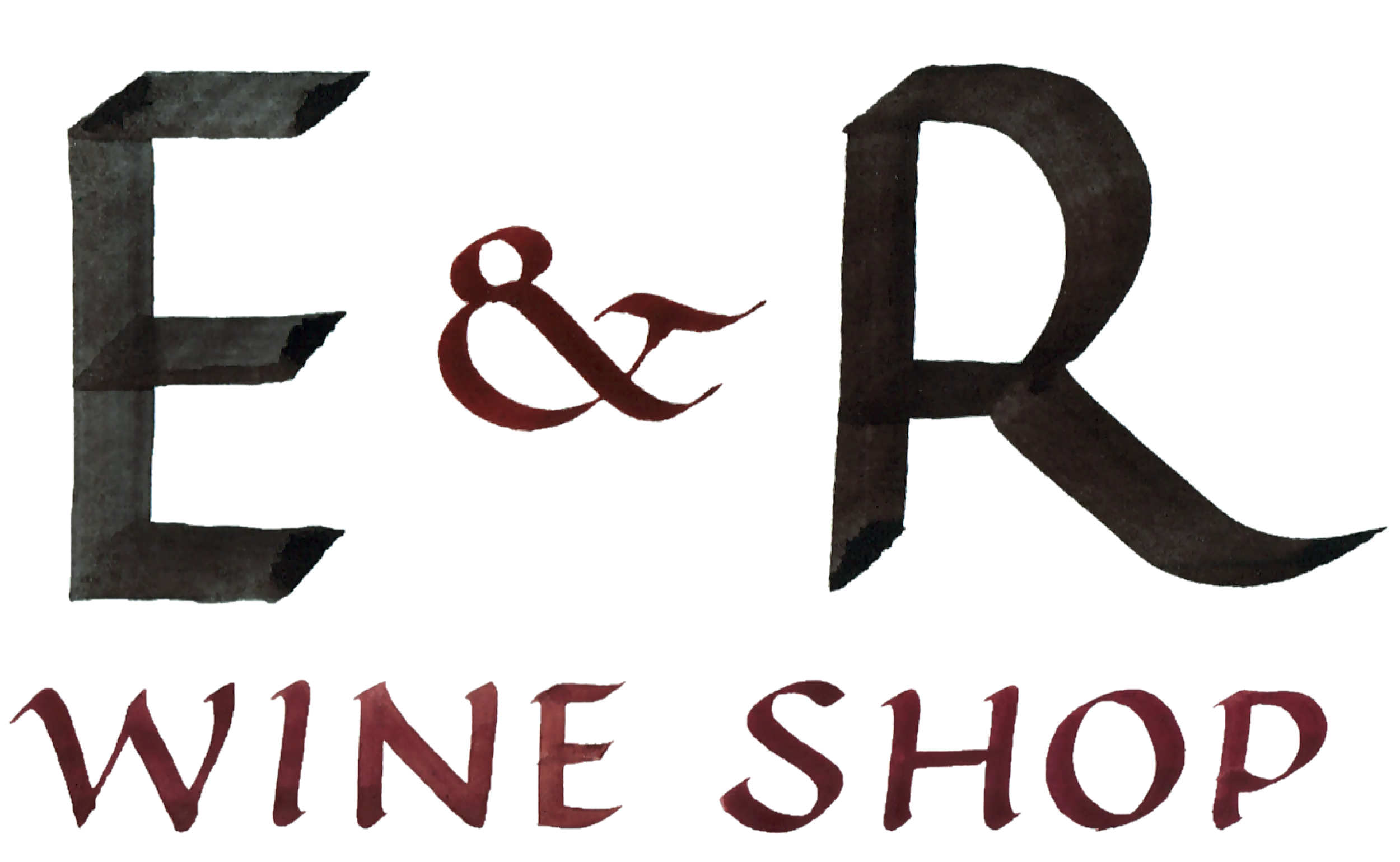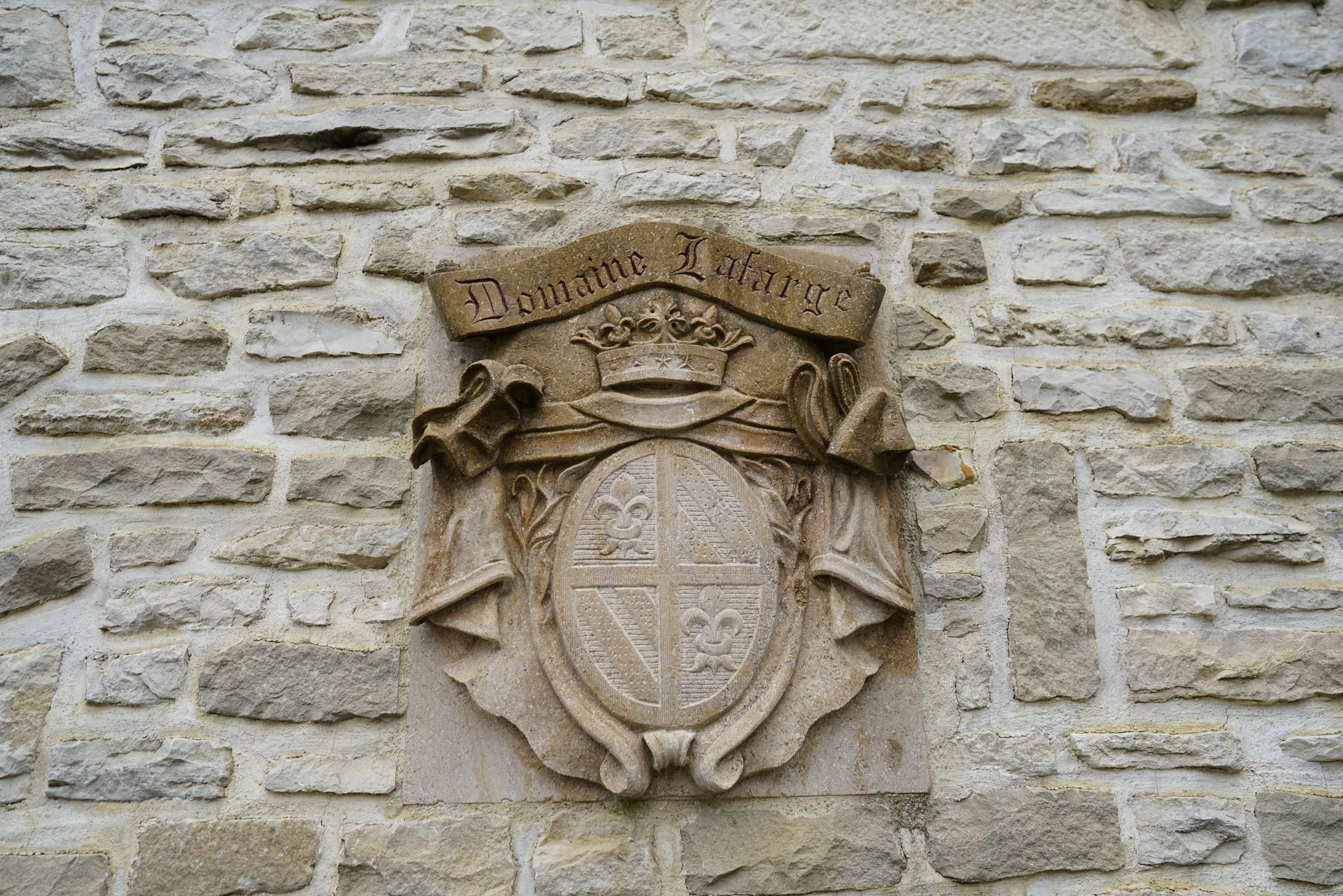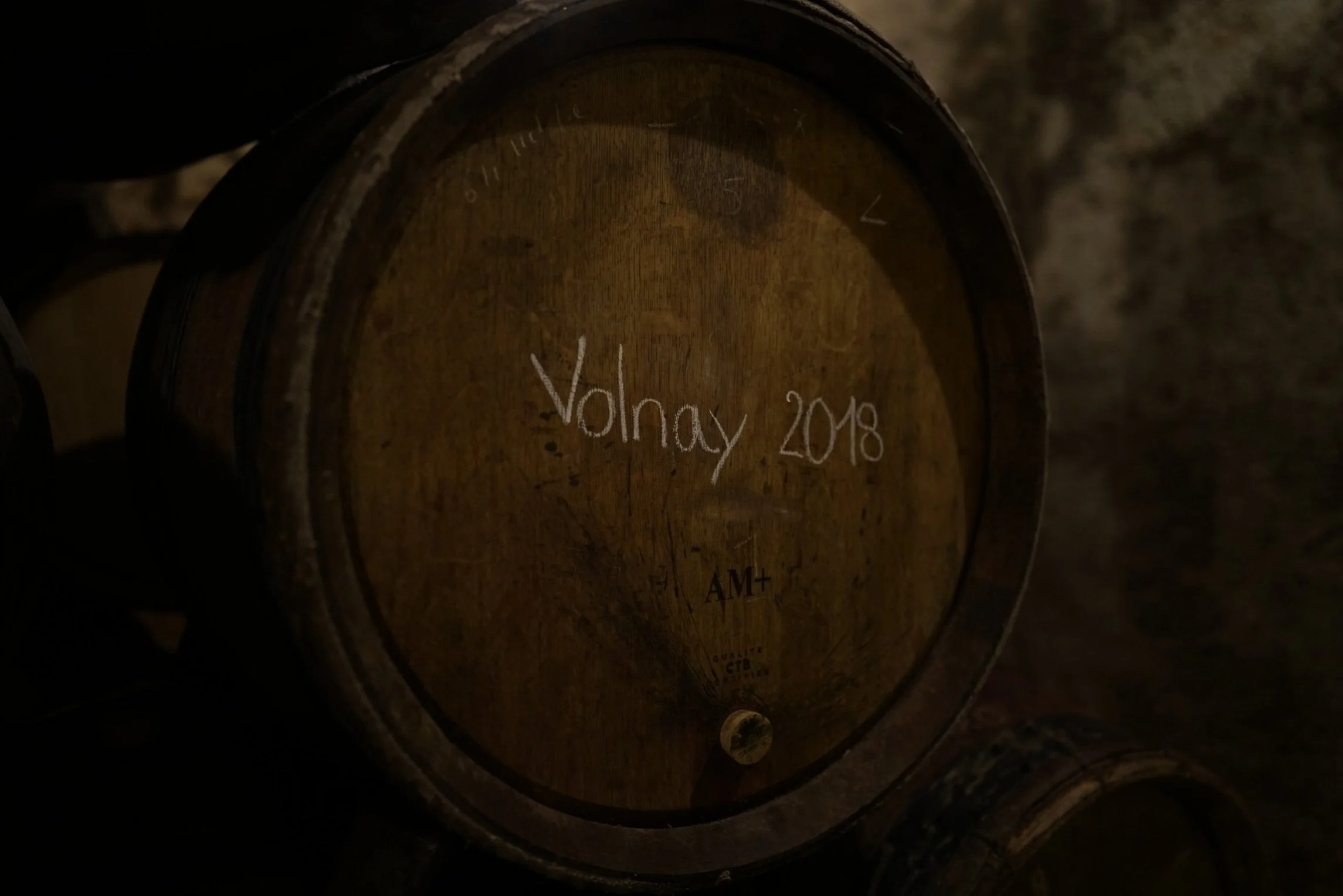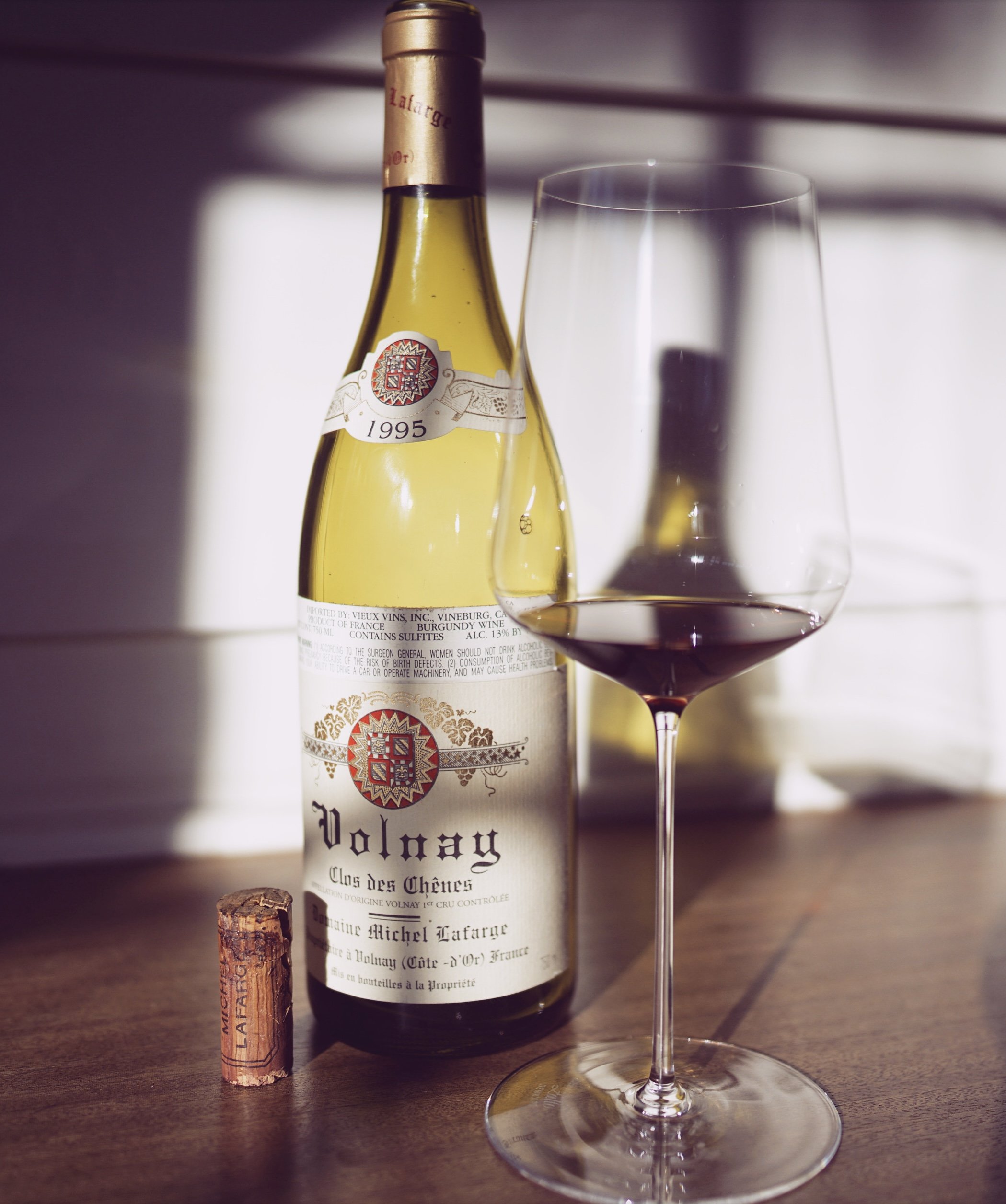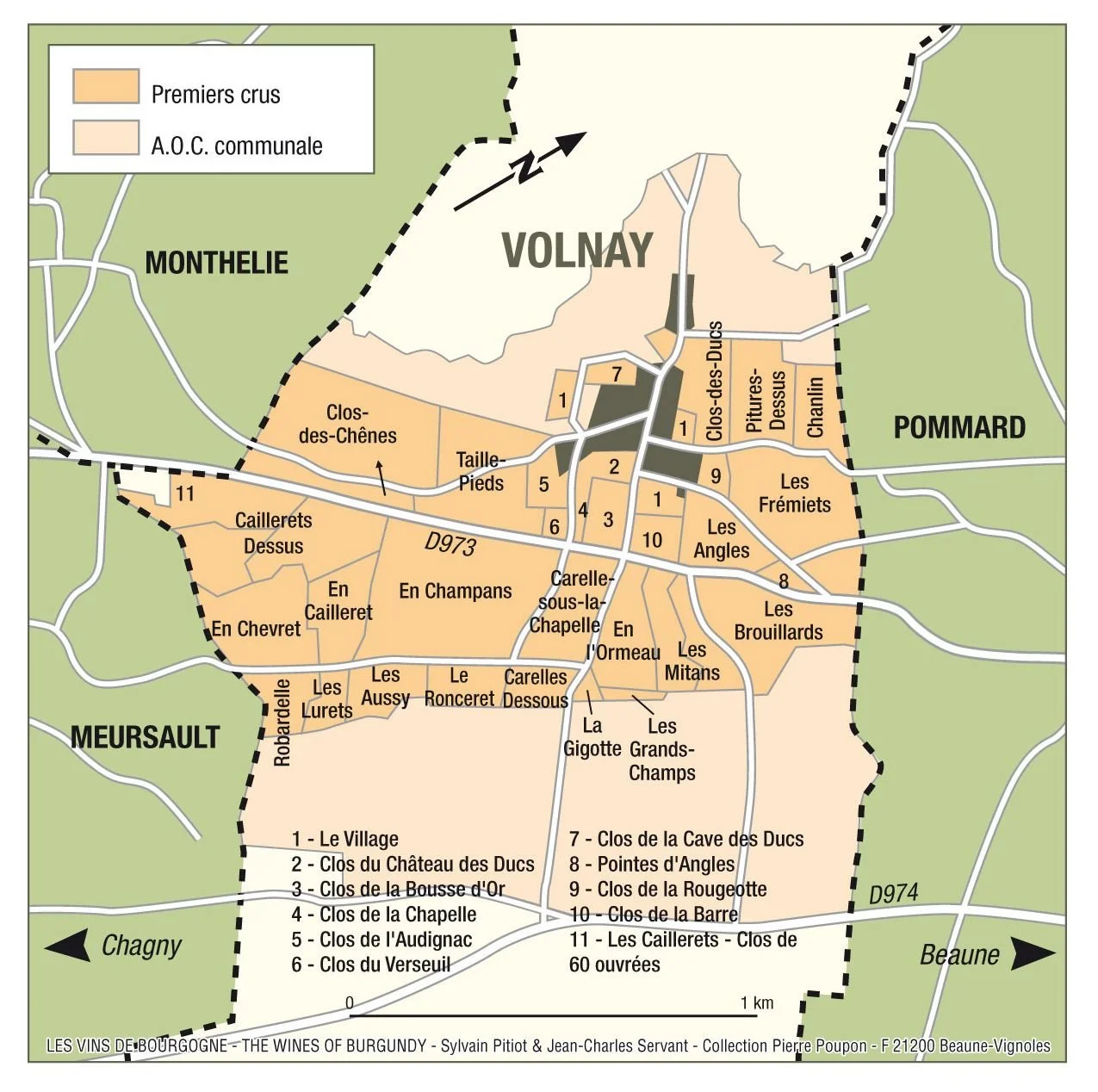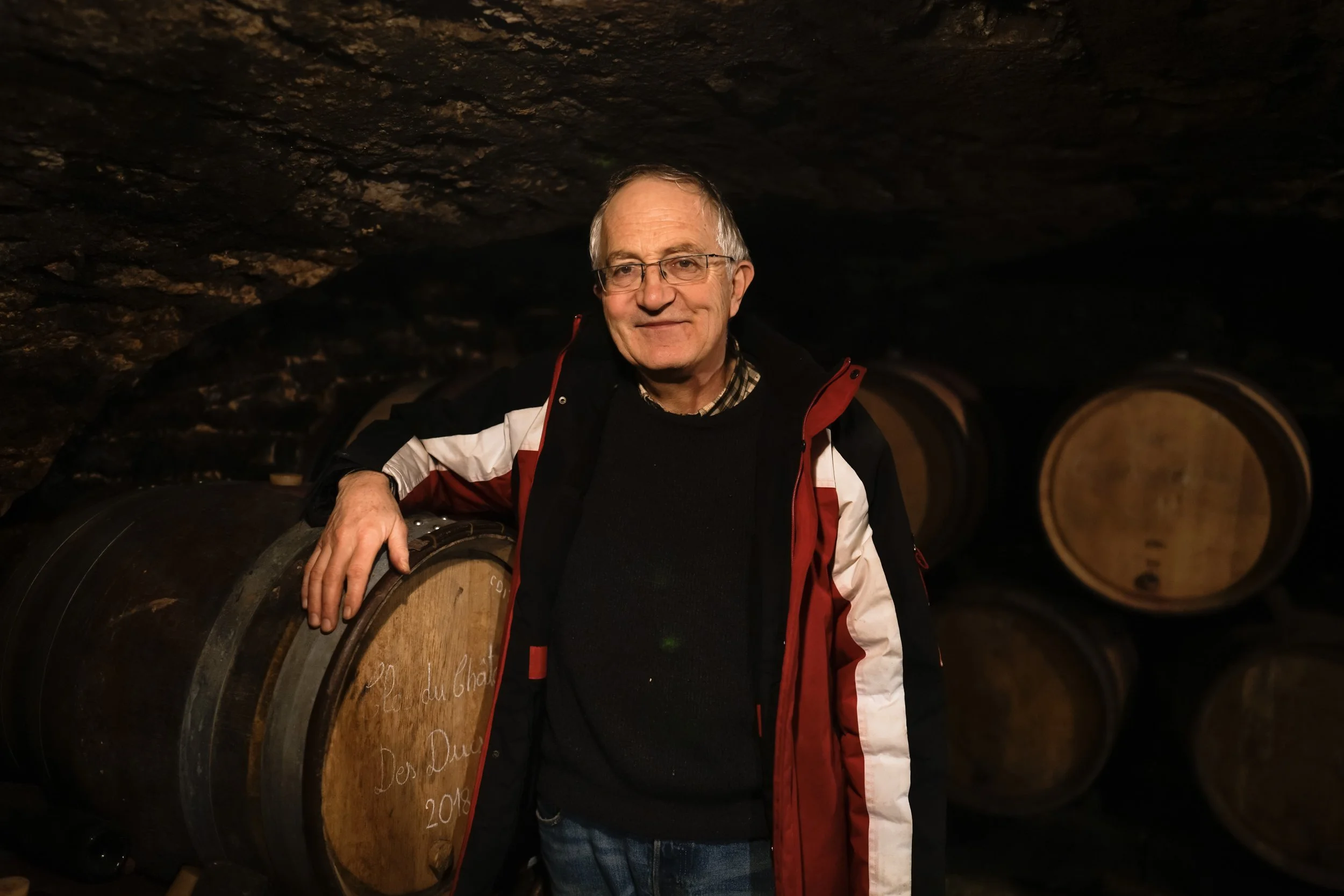Domaine Michel Lafarge - Volnay, France
Frédéric Lafarge, in the domaine’s cellar in Volnay. From our visit in February 2020.
Photos and words by E&R’s Alex Fortson
VOLNAY: THE VILLAGE OF THE DUCS
Volnay is a quiet, almost sleepy Burgundian village tucked upslope from the main road as you head south from Beaune. It is perfectly situated on an east facing slope of limestone and clay. Less than 300 people call the village home. However, despite its size, Volnay has an incredibly rich and influential history and is home to more than its share of Burgundy’s great Domaines and vineyards.
The Domaines of Vollenay, as it was known in the time of the ‘Ducs’, have been pioneers in many of modern Burgundy’s most important movements. Several of the domaines in Volnay, including Lafarge, were among the first in the practice of domaine bottling in the 1930s, and later, the shift to organics and biodynamics in the 1990s.
Volnay is also well known for producing some of Burgundy’s greatest vigneron, many of whom have been extremely influential across the region. Michel Lafarge, Gerard Potel, Jacques d’Angerville and Hubert de Montille, just to name a few, called Volnay home and opened their cellars to each other and many others from across the Cote d’Or and indeed, the world. Volnay, to use an NBA reference, has had an influence not unlike that of Greg Popovic, the legendary head coach of the San Antonio Spurs. It is almost as if there is a coach on the bench of every NBA team that used to coach under “Pop”. Even here in Oregon, Volnay’s influence abounds. I can recall having conversations with at least two of our region’s best and most respected winemakers, Kelley Fox (Kelley Fox Wines) and Jason Lett (The Eyrie), about Volnay producers and their influence on them as winemakers. Volnay is an embarrassment of riches, both in terms of vineyards and producers. However, despite the dizzying concentration of first-rate addresses, perhaps no domaine has been more influential and more tied to Volnay than that of Domaine Michel Lafarge.
FAMILY TIES
The family crest rests on the outside wall of the Domaine, above you as you ring the doorbell on the Rue de la Combe.
A Lafarge was the Mayor of Volnay during World War I. A Lafarge, again, was Mayor during the liberation of Nazi-occupied France in 1945. Later, the eponymous Michel would become the third generation in a row to be the Mayor of Volnay. Even the Lafarge home and cellars are deeply rooted in Volnay’s history. To visit the domaine is also a walk back (or down?) into history.
During a visit, which we were grateful to make in January of 2020, the Lafarge’s greet you out on the street and then you are invited in and are taken into an elevator and you descend into their incredible 13th century cellar, which used to be the cellar of the Chateau of the Duke of Burgundy before the the building was destroyed by fire in 1749.
The domaine was established in the early 19th century by Michel’s great-great grandparents. Michel returned to the domaine after his military service before the harvest of 1949 and worked every vintage until he passed away in January of 2020 at the age of 91. Currently, Lafarge is led by Michel’s son, Frédéric, who has been at the domaine since 1972, his wife Chantal and their daughter Clothilde.
The Lafarge family has not only shepherded the village through some of its most difficult and joyous times, it has also produced some of the regions most brilliant, long-lived and soulful wines.
Old bottles. Older cellar. The domaine has bottles resting dating as far back as 1904 in their cellar, which was constructed in the 1200’s.
PIONEERING BIODYNAMICS
The Lafarge’s have never been ones to chase modernity. They never gave in to the charms of the chemical agricultural revolution. They still plow with a horse. They even fashioned themselves a mobile chicken coop so that their feathered friends can roam the vineyards while they tend the vines. When they finish in one plot, the chickens are called back to the mobile coop and are moved on to the next plot to roam again. The move to biodynamics in Burgundy has had a hard-to-overstate impact on the soil health, sustainability and wine quality. Along with Lalou Bize Leroy, Anne-Claude Leflaive is credited with being one of the first to experiment heavily with biodynamics in the early 1990’s. Frédéric and Michel Lafarge, along with Meursault’s Dominique Lafon, were among those Anne-Claude invited to blind taste the results and give opinions. After tasting samples from the same vineyard, one farmed organically and one biodynamically, Frédéric, Michel and Anne-Claude were convinced the biodynamic wine was superior and in 1995 Domaine Lafarge began the shift to biodynamics, which Frédéric told us was easier than at other domaine’s because the vineyards had never been farmed with chemicals.
WINEMAKING
From an E&R tasting in 2019 of the 2011-2014 vintages of Lafarge’s cru Volnays.
The style of winemaking at the Domaine is very traditional. The grapes are picked, sorted, delivered by horse to the winery and then de-stemmed; for some vineyards by hand. The grapes then typically spend about two weeks on the skins for primary fermentation before they are gently pressed. The domaine recently acquired a vertical basket press, which Frédéric says allows him achieve an even finer quality of tannin and has pushed the elegance of the finished wines to yet another level. 2018s tasted both in barrel at the domaine and in bottle here at the shop in Oregon show a gorgeous silken texture that illustrate this switch in pressing technique.
After pressing, the wine is moved to tank for about 24 hours (debourbage) to allow the gross less to settle out. The wines are then put into barrel and very little, if any new barrels are used (We do not recall seeing a single new barrel during our visit) on any of their wines.
Wines then spend 16-18 months in wood and are rarely, if ever, racked. Their cellar is very small and has extremely low ceilings, which makes moving the wines around for no reason, a fools errand. Everything here is done with great intention and is a result of decades of tireless intrepidation.
THE WINES
2018 Bourgogne Aligote 'Raisins Dores' - $30
From a very old massale selection of aligote doré, originally planted in 1937. Whole cluster pressed, vinified in stainless and then to neutral barrels for 6 months before bottling. Lemons and limes, ripe stonefruit with good energy and a saline finish.
2018 Bourgogne Passetoutgrain L'Exception - $33
Also from very old vines approaching 100 years. A traditional Burgundian blend of Pinot Noir and Gamay. Great concentration of juicy crushed red fruits and a pop of freshness on the finish. These old vines clearly handled the heat of the vintage well.
2018 Bourgogne Rouge - $39
An illustrative bottle from the first vintage the Lafarge’s began the conversion to biodynamics. Opened 25 years on and it was positively brimming with life and energy.
Again from an excellent massale selection of very old vines. A theme is developing. From a single parcel of clay limestone soils called Petit Pré, which sits just below the Volnay AOC border. This wine was excellent in a recent tasting of the 2018’s from Lafarge.
Jasper Morris says: Glowing mid purple. The nose certainly has pinot perfume but is also quite strict. A superb volume of fruit on the palate, perfect balance with the acidity and a long generous finish. Raspberry and strawberry but that's not the point. Essence of pinot. 5 Stars, 89 Points.
2018 Volnay - $79
From a variety of plots around the village. Older vines again, 45-50 years. Another wine that turned heads during our tasting. It displayed a lovely texture of pure silk, a wealth of fruit with tremendous energy and a lovely blood orange note. A long, superb finish as well.
Jasper says: Fine fresh mid purple. The nose is discreet showing correctly ripe fruit. Totally delicious supple raspberry starts to emerge on the nose and infuse the palate. Just the right touch of acidity behind. I have fallen in love with this one at first sight! 5 stars, 91-93 Points
2018 Volnay 'Vendages Selectionnees' - $94
Only made in years where the volumes are high enough to make separate Volnay cuvees. The Volnay ‘VS’ is, like its sibling above, is a village Volnay, but for this bottling only old-vine parcels bordering the 1er Crus in the heart of the appelation are selected. This wine is very fine in 2018. Darker, more dense and stonier than the straight Volnay, this wine is more about the rocks and the soil than it is about the fruit. The limestone comes through in the form in sheer energy and intertia and it is met with a vibrant collection of red and black fruits with a familiar blood orange kiss at the end.
2018 Beaune 1er Cru Clos des Aigrots Rouge - $114
Vines dating back to 1949 and planted in heavier clay soils than in are found in Volnay. A very classy and refined rendition in 2018. The heat of the vintage has ripened the tannins and though they are more akin to the texture of felt, as opposed to the silkiness of the Volnays, there is finesse here. Dark, brooding fruit profile with a fine driving energy and good length.
2018 Volnay 1er Cru Clos du Chateau des Ducs ‘Monopole’ - $245
Dinner in Beaune after our visit.
The Clos du Chateau des Ducs sits just behind the Lafarge family home and is essentially, their garden. This 1er Cru is a true clos as well as a Monopole, or a parcel that belongs entirely to one domaine. After harvest, the grapes from this vineyard are handled differently from the other crus. For the Clos du Chateau des Ducs, the grapes are de-stemmed by hand using a device Michel’s father used to use called a claie. A claie is a loosly woven wicker hoop that sits on top of a barrel with the head cut out or another container. Bunches of grapes are put on top of the woven wicker and then, by hand, the clusters are rolled and the gently de-stemmed. The grapes then fall through the holes in the claie and the stems remain on top and are cast aside. It is an extremely laborious and time consuming process, but the Lafarge’s were blown away by the quality of the tannins they were able to achieve using this method and have slowly started to experiment on their other wines. You can check out a video on Youtube of the Lafarge’s using a claie during harvest by clicking here.
In recent years the Clos du Chateau des Ducs has reached a new level of quality according to critics, the Lafarge’s themselves and in our own tastings. I am not sure if it is the introduction of the hand de-stemming or the warmer, drier growing seasons, but this wine has joined the Clos des Chenes as a benchmark of the village. The 2018 rendition is a stunner that was far more open and generous than this wine typically is on release. Full of finesse and charm, the Ducs, is alive and fresh on the palette with enormous presence of fruit, tension, energy and intensity.
Jasper writes: Picked by horse and hand on the 1st September. Medium deep color and some weight of fruit, fractionally less harmony than Clos des Chênes and a little blacker in fruit. The intensity is hugely impressive though. Sultry and gorgeous throughout, with a few dry tannins behind which the fruit soon covers. There is plenty more in reserve here. 4 Stars, 92-95 points.
Volnay 1er Cru Clos des Chenes 2018 - $240
Location, location, location. That is the saying, right? Well here you have it in spades. The Lafarge’s parcel of Clos des Chenes may be the most well-situated plot in Volnay. Lying in the SE corner of the vineyard just above the D973, the Lafarge parcel borders the permier crus Taillepieds, Champans, and Caillerets. This is the epicenter.
The 2018, while not as open and full of fruit as the Ducs, expresses the more mineral side of the village with an equal capacity to captivate. The shallow and stony soil in the Clos des Chenes make a marked impact by dialing up the tension and intensity another notch. The texture is sublimely silky with a feeling weightlessness and the finish goes on forever. A thrilling wine and also one that will get better with time.
Jasper’s review: A very intense purple. The nose speaks of the highest class, but stays discreet. A perfect quintessence of Volnay at the front of the palate, but the volume shows much more behind, sensational depth here and a backbone of steel. Impeccable balance. All this is no surprise for a Lafarge Clos des Chênes. 5 stars, 93-96 points.
Frédéric in front of a barrel of the 2018 Clos du Chateau des Ducs.
When in stock, wines from this producer appear below. Click each wine for more detail.
